'We need more money': Lawmakers call for security boost after Minnesota killings
Published in Political News
WASHINGTON — In the wake of the political violence in Minnesota over the weekend, congressional lawmakers are coalescing around two messages: Elected officials need to turn down the rhetoric, and they need more money to tighten security.
The first has been a refrain for much of the Trump era, as Capitol Police have recorded a steep jump in the number of threats and concerning statements directed at members, their families and staff.
“That means we need more protection, we need more money,” Senate Minority Leader Charles E. Schumer, D-N.Y., said Tuesday after an all-senator security briefing with Capitol Police and the Senate sergeant-at-arms.
But how to effectively spend money to increase member security, without creating a fortress-like environment at the Capitol or disconnecting lawmakers completely from their constituents, remains a vexing problem. And some resources already available to lawmakers appear underused.
Former Capitol Police Chief J. Thomas Manger, who retired at the end of May, said by phone on Monday that one challenge for police is getting members to take advantage of existing security measures at their disposal.
“Many members of Congress don’t, for one reason or another, take advantage of some of the stuff we can do,” Manger said. “That’s the first challenge right there.”
Every new member at the start of their service in Congress hears from the Capitol Police and sergeant-at-arms about security services available to them and strategies they can employ to keep themselves safe while in office, he said.
Members can ask for a security assessment of their residences and district offices, and House Sergeant-at-Arms William McFarland has said his staff provided 147 in-person security awareness briefings last year around the country.
They can also tap into funds dedicated to improving home security, thanks to recent programs launched in both the House and the Senate.
On the House side, members can access up to $10,000 for residential security equipment and an additional $150 per month for maintenance and monitoring. But only 60 percent of House members are participating, according to an official familiar with the numbers.
Meanwhile, Senate Sergeant-at-Arms Jennifer Hemingway testified earlier this year that about 40 senators were actively participating in that chamber’s residential security program.
Reactive, proactive
Manger said after an incident like the killings in Minnesota, Capitol Police will typically see a spike in requests from members asking for security briefings or assessments. But that pattern is reactive rather than proactive.
“We have been working around the clock with our Congressional, federal, state and local partners to ensure that the Members of Congress impacted by this terrible event have a strong security plan,” Capitol Police said in a statement Monday, after news emerged that the shooter may have had congressional names on his list.
While a suspect has been apprehended in the shootings, which killed one Democratic state legislator and her husband and injured another pair, anger continues to ripple through Congress. Members say public service shouldn’t mean fearing for their lives, and the incident has brought long-simmering safety debates to a boil.
“Clearly what happened this weekend in Minnesota has been a tipping point, and something significant has changed … so we have to figure out how to adapt to this,” said Minnesota Democratic Sen. Tina Smith.
Most rank-and-file members of Congress don’t receive protective details, and some say they feel particularly exposed away from Washington when they are traveling in their home states. House members can use their office funds, known as the Members’ Representational Allowance, to pay for security at official events like town halls. But Rep. Tim Burchett, for one, says that’s not enough.
The Tennessee Republican called on the House to broaden the acceptable use of MRA funds to cover around-the-clock security services. Such funds need a “substantial” boost, argued House Administration Committee ranking member Joseph D. Morelle and Minority Leader Hakeem Jeffries in a letter they sent to Speaker Mike Johnson this week.
Floating a bipartisan proposal, Morelle and House Administration Chair Bryan Steil on Tuesday wrote a letter to Attorney General Pam Bondi asking that more assistant U.S. attorneys be assigned to investigating and prosecuting threats against members.
Capitol Police already work with three Special Assistant U.S. Attorneys. But according to the lawmakers, those attorneys secured just eight convictions for threats in a year when the Capitol Police reported more than 9,000 direct threats or concerning statements aimed at members.
“We are concerned that the current lack of prosecutorial capacity will allow threat behavior to persist unabated because the risk of consequential action is small, in part due to the perceived anonymity of modern communications,” Steil and Morelle wrote. “We believe that additional resources and increased attention to this issue will help deter future threats.”
Follow the money
While congressional Republicans look for deep spending cuts across the federal government, funding for their own security may become a tricky topic in coming weeks. The appropriations process for the next fiscal year is gearing up, and the House Legislative Branch Appropriations Subcommittee is already set to mark up its spending bill on Tuesday.
“We should not let resources get in the way of protecting … the members of this body,” Sen. Christopher S. Murphy said this week. “Donald Trump’s gonna get a gold-plated plane. We shouldn’t say that we can’t afford to protect the lives of United States senators.”
“We must take immediate steps to ensure the safety of members, and that includes increased funding for the Capitol Police,” Schumer said at a press conference.
Capitol Police have taken up an increasingly large share of the total legislative branch budget over the last decade. For fiscal 2026, the department is asking for nearly $1 billion.
While appropriators in both parties have backed that upward trend, not everyone thinks more money will solve the problem. Charged with both policing the Capitol campus and protecting members of Congress, the force has a unique mission.
“They’re really quite large. But because they’re situated inside the legislative branch, you don’t have the traditional oversight mechanisms that exist either in cities, states or in the federal government,” said Daniel Schuman of the American Governance Institute, who believes that more transparency would allow the public to see return on investment and inform decisions about how best to protect Congress.
Manger said protecting members while they are away from the Capitol will be among the biggest challenges his successor, former interim Phoenix Police Chief Michael Sullivan, will have to address when he takes the helm later this month.
One suggestion that Manger has floated is to establish a small Capitol Police field office in every state, mirroring ones that already exist in California and Florida. Such offices could then help coordinate responses and build relationships with local jurisdictions.
Those relationships with local law enforcement are key, some members said, given the broad scope of the Capitol Police’s duty to protect all of Congress.
“We need to find more resources to help our security forces help us,” said North Dakota Republican Sen. Kevin Cramer. “And by that I mean resources from here, but it may involve more sheriff’s departments and police departments. Protecting 535 people in 535 different places is no small matter, but it’s also not impossible.”
_____
Ryan Kelly contributed to this report.
_____
©2025 CQ-Roll Call, Inc., All Rights Reserved. Visit cqrollcall.com. Distributed by Tribune Content Agency, LLC.



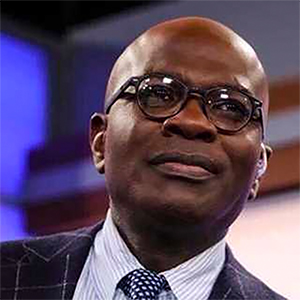



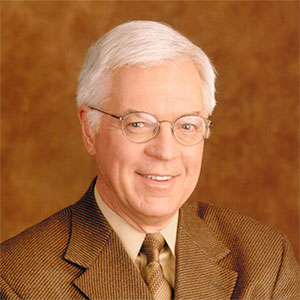

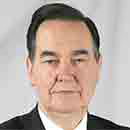

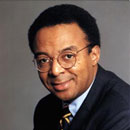
















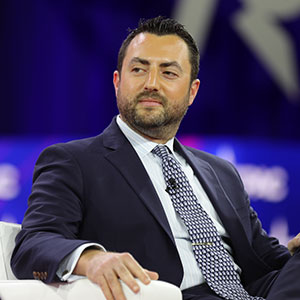
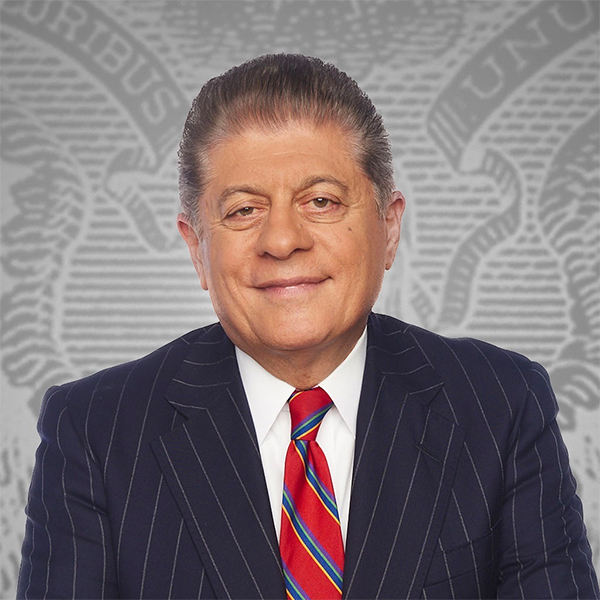


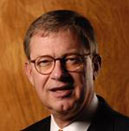












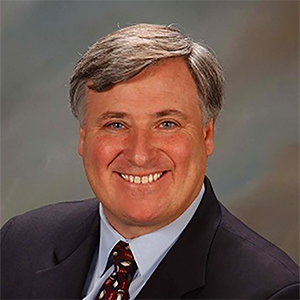




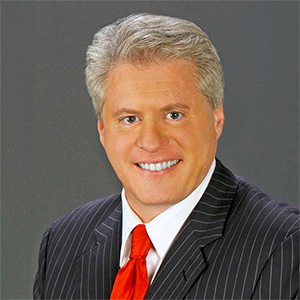

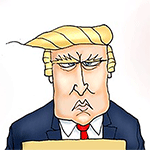




Comments